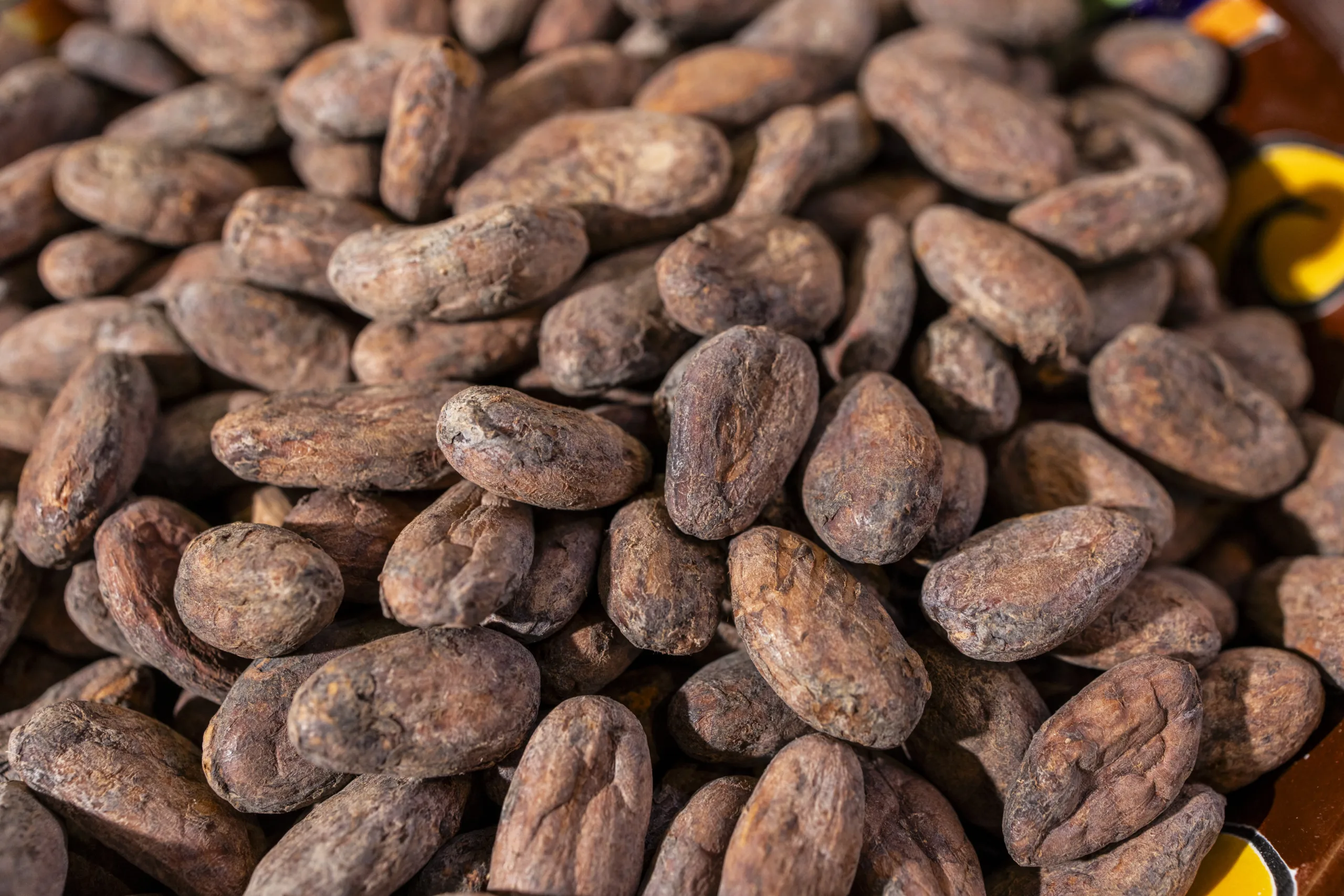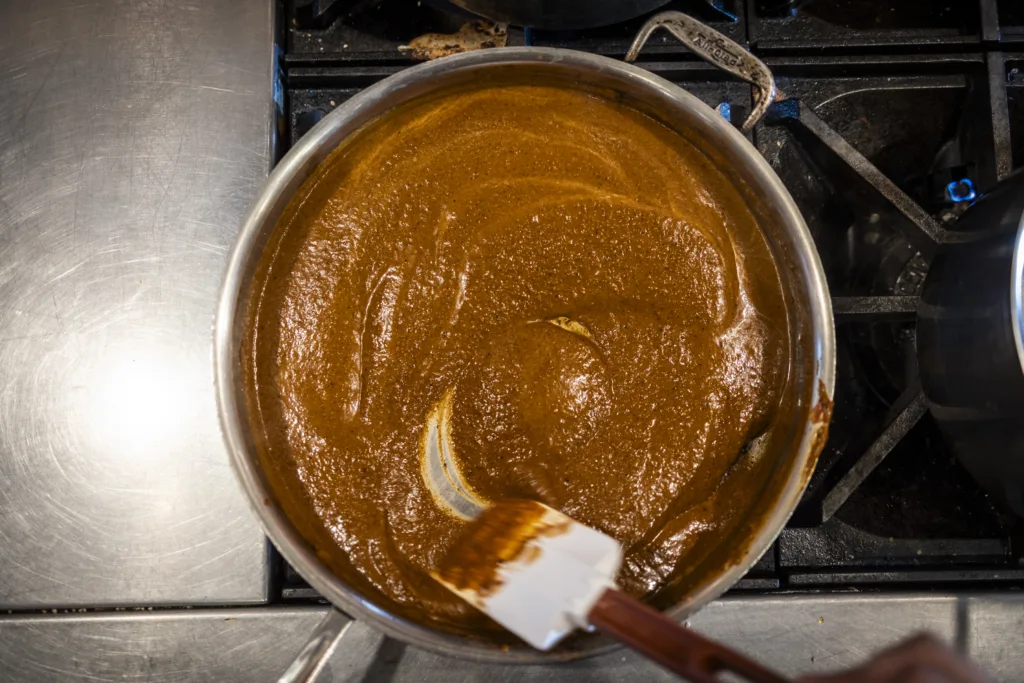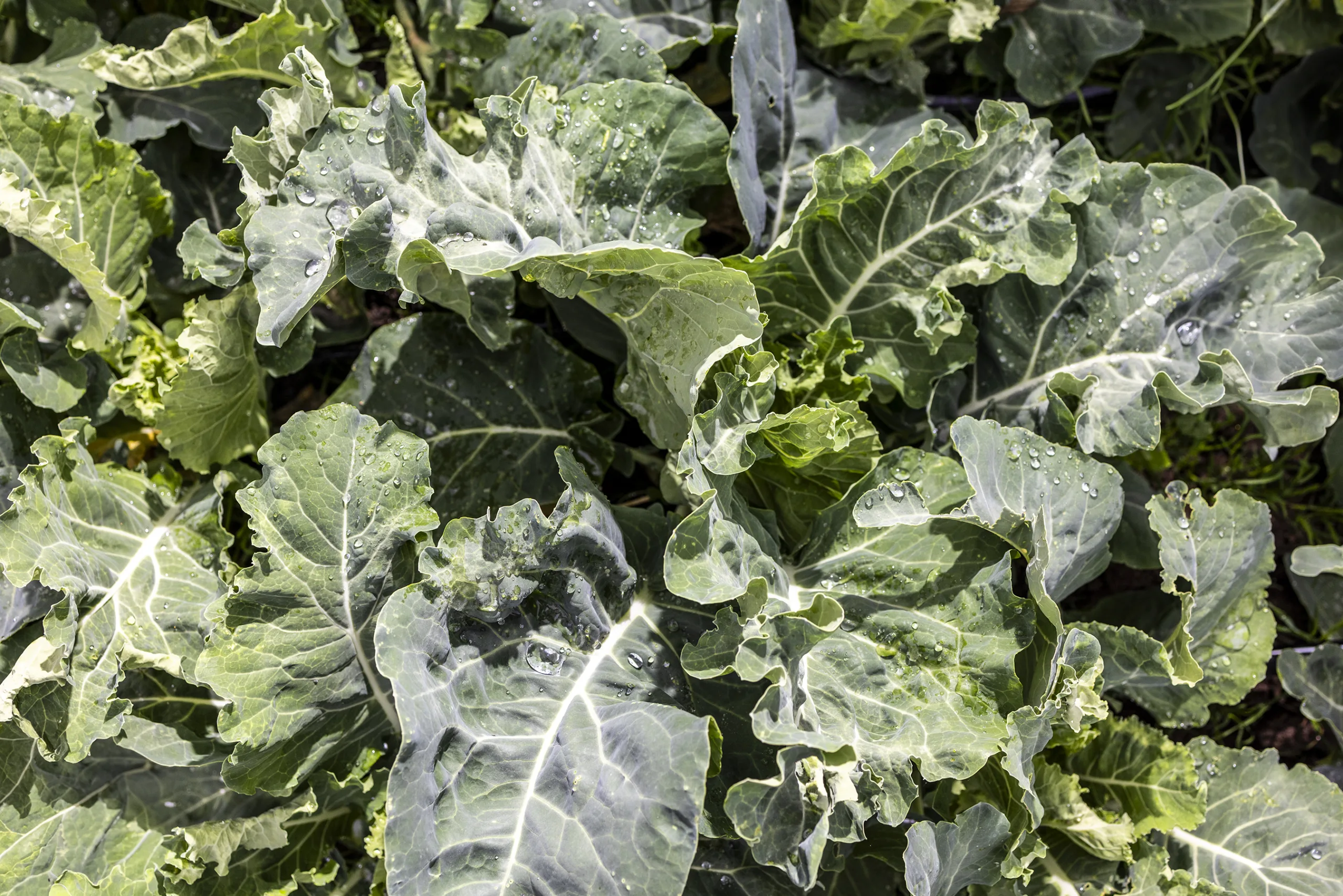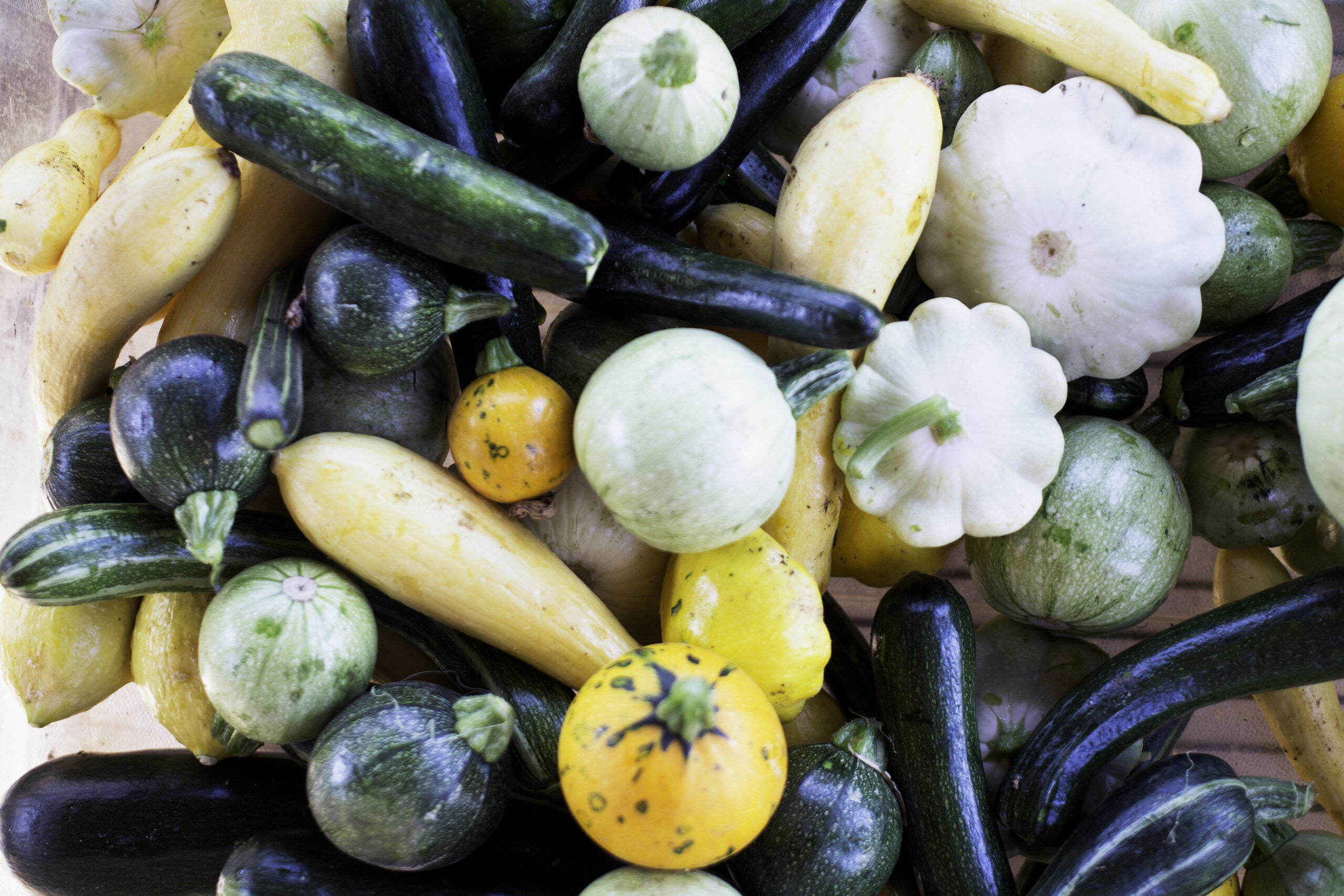Exploring the Antioxidant Power of Traditional Mexican Mole

Cacao has long been a sign of abundance in Mexican heritage. Traditional Mexican foods are known for rich, complex flavors and their antioxidant-rich ingredients. As a skilled culinary historian, Executive Chef Reyna Venegas has crafted an antioxidant-abundant recipe for Cacao and Date Mole rooted in Mexican culture. With a high concentration of nutrients, she combines cacao and dates with other nutrition powerhouses to make this recipe highly nutritious and perfect for winter meals.
The rich colors of antioxidant-laden foods provide clues to their nutrients. Mole is no exception, with its deep, dark color hinting at the abundance of nutrition. The base flavor of mole comes from chiles, packed with antioxidants, particularly capsaicin, which gives a spicy kick. Capsaicin has been shown to have anti-inflammatory and cancer-fighting properties and beneficial effects on metabolism. Capsaicin may also regulate pain when applied topically.
Polyphenols, crucial for heart health and reducing inflammation, are found in cacao and dates – two of the essential ingredients in the Divino Cacao & Date Mole recipe.

Polyphenols called flavanols in cacao can activate nitric oxide, which has many benefits. I’ll never forget a college physiology professor explaining the essential nature of nitric oxide to the endothelium—a specialized, single layer of cells that lines the cardiovascular system. Without nitric oxide, this single layer of cells quickly perish. The stimulus of flavanols to create nitric oxide helps regulate blood pressure and scavenges free radicals. In a study by the British Medical Journal, cacao flavanols lowered systolic blood pressure by 4.4 mmHg. These flavanols also significantly reduced the ten-year risk of cardiovascular disease and death, using the Framingham Score, for healthy and low-risk individuals. Flavanols have also been found to prevent errant cell growth that might become cancer.
Dates also contribute significant amounts of carotenoids. Dates are rich in the carotenoid lutein, which is incorporated into the eye’s macula, reducing the damaging effects of UV light. Research suggests consuming as little as 7 mg of lutein daily can provide optimal serum levels. Four dates provide about 1 mg of lutein, making them an excellent addition to your diet. Rich in calcium, iron, magnesium, selenium, copper, phosphorus, potassium, zinc, sulfur, cobalt, fluorine, manganese, and boron, dates also provide these minerals often lacking in modern diets.
Mole is also rich in Vitamin E from almonds and sesame seeds, which helps protect cells from oxidative damage, supports immune function, and promotes healthy skin. Allicin, found in onions, has strong anti-inflammatory properties and has been found to lower serum lipids and high blood pressure. Onions are also a good source of sulfur compounds essential in detoxification and immune health.
The USDA estimates that up to 40 percent of medicines behind the pharmacy counter are of plant origin. As I’ve previously written, food can and should be considered medicine. By incorporating antioxidant-rich ingredients, like those found in mole, you can add depth of flavor and boost your meal’s nutritional and ‘food as medicine’ value. Try this quick, easy recipe that delivers so much nutrition. I guarantee your body will love it!

Registered Dietician Linda Illingworth is the founder of Nutrition Muse and current Director of Nutrition at Lifewellness Institute in Point Loma, CA. She is responsible for patient clinical care and corporate wellness education for local and international corporations. Using the premise that ‘every molecule in your body is sourced from food’, she focuses on food as the foundation for health. She supports her clients through lifestyle changes to make the most impact on health. As a certified specialist in Sports Nutrition, Linda also has specialized training in food sensitivities, supplementation, wellness, thyroid, and cardiovascular nutrition.
References:
1. Sansone R, Rodriguez-Mateos A, Heuel J, et al. Cocoa flavanol intake improves endothelial function and Framingham Risk Score in healthy men and women: a randomised, controlled, double-masked trial: the Flaviola Health Study. British Journal of Nutrition. 2015;114(8):1246-1255. doi:10.1017/S0007114515002822
2. U.S. Forestry Service, USDA, Medicinal Botany; https://www.fs.usda.gov/wildflowers/ethnobotany/medicinal/index.shtml#:~:text=A%20full%2040%20percent%20of,in%20the%20United%20States%20today.
3. Bahare Salehi, Paolo Zucca, et al, Allicin and health: A comprehensive review, Trends in Food Science & Technology, Volume 86, 2019, Pages 502-516, ISSN 0924-2244, https://doi.org/10.1016/j.tifs.2019.03.003.


